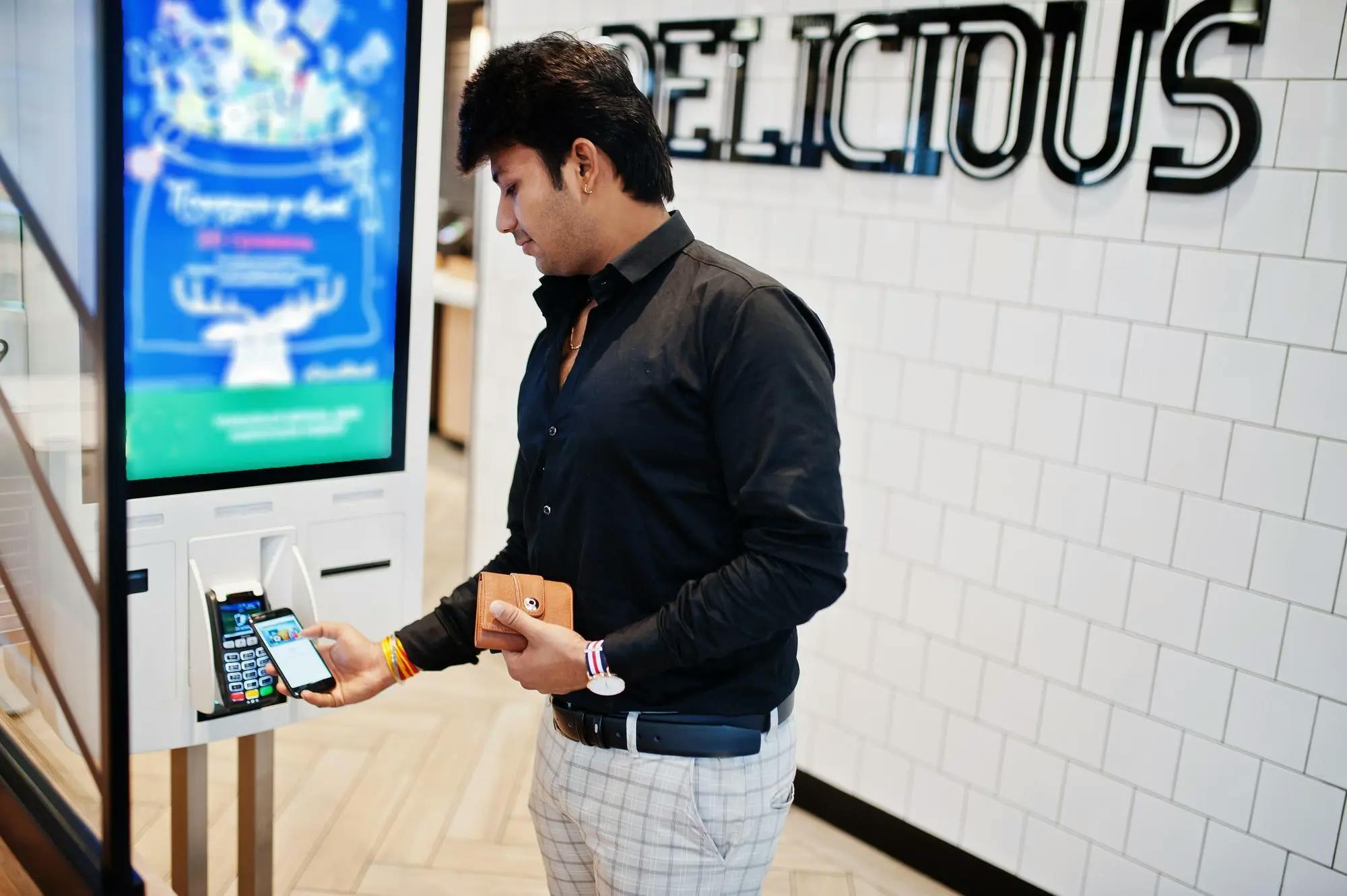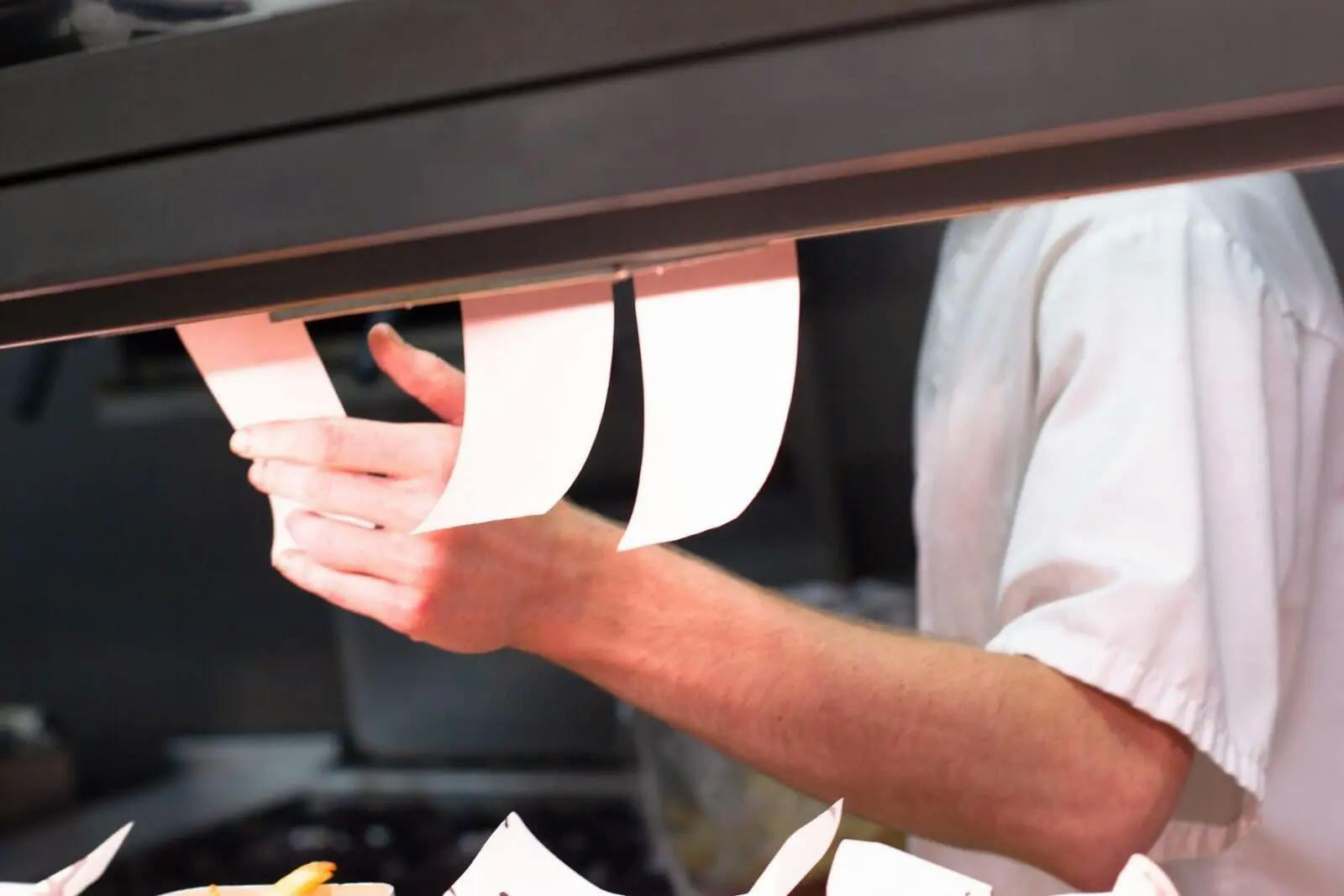How Self-Service Kiosks can Benefit Your Restaurant
In recent years, self-service kiosks have become increasingly popular. Customers can skip the dreaded queue at the till by using these quick and easy-to-use kiosks. By doing so, restaurants save time, increase order accuracy, and increase customer spending.

Mohammadamin Sajedian

Are you looking for ways to make your restaurant more efficient and appealing to customers? Look no further than self-service kiosks! Self-service kiosks are quickly becoming the norm in the restaurant industry, and they offer a variety of benefits to both customers and businesses. In this blog post, we'll discuss how self-service kiosks can help your restaurant boost profits and customer satisfaction. From increased order accuracy to increased customer spending, self-service kiosks are the smart solution for any business looking to streamline operations. Because of this, fast food giants like McDonald's and KFC have used self-service kiosks for more than a decade. Keep reading to learn more about the advantages of self-service kiosks for restaurants!
What is a self-service kiosk?
Self-service kiosks are interactive terminals that allow customers to make orders, pay for their purchases, and receive receipts without the need for a salesperson. They typically consist of a touchscreen with a card reader, printer, and other hardware components such as a barcode scanner. Customers can place orders, pay for them, and receive their receipt in just a few seconds without having to queue or interact with an employee. Self-service kiosks are becoming increasingly popular in retail stores, restaurants, and other service industries as they provide a more efficient way to serve customers.
The advantages of self-service kiosks
1. Increased customer spending
One of the most significant benefits of self-service kiosks is increased customer spending. Due to technology, customers are able to make more informed decisions in less time. When customers don’t have to wait in queue to make their order, they are able to look at all of the available options and compare prices. Additionally, when customers can access the menu, they’re more likely to take advantage of upsells, add-ons, and meal deals. Studies have also found that customers tend to spend more when using a self-service kiosk than when ordering from a waiter or waitress.
Ultimately, self-service kiosks allow customers to make better decisions about what they want to order, which increases the likelihood that they will spend more money. This can significantly boost profits for restaurants and other businesses. Self-service kiosks provide an efficient and profitable way for customers to interact with your restaurant.
2. Improved order accuracy
Self-service kiosks are highly efficient when it comes to order accuracy. Customers are able to quickly and accurately enter their orders, eliminating any potential mistakes that could occur with a human cashier. This not only reduces time spent correcting errors but also ensures that customers receive the correct food items in the correct amounts, improving overall customer satisfaction.
Kiosks also offer built-in features such as allergy warnings, calorie labels, and other nutrition information. These can help customers make healthier choices when ordering, and they can also help to avoid any potential issues with allergies or intolerances.
3. Bust the queue and drive efficiency
Self-service kiosks are quickly becoming a popular way for restaurants to streamline their operations and improve efficiency. By reducing the need for customers to wait in queue at the counter, self-service kiosks help to drive greater efficiency and productivity. Not only does this make life easier for staff, but it also helps to reduce queues and wait times for customers.
Self-service kiosks can help streamline the ordering process and make it more efficient. With the ability to customize orders, customers can avoid waiting in queue and make their orders quickly and easily. This not only reduces wait times but also speeds up the overall ordering process.
By reducing wait times and streamlining the ordering process, self-service kiosks help restaurants drive efficiency and increase productivity. Not only does this help businesses save time and money, but it also ensures that customers receive their orders quickly and accurately.
4. Self-order kiosks are popular with customers
More and more customers are embracing self-order kiosks as an easy and convenient way to order their food. Customers like that they can quickly order their food and avoid long queues. Kiosks also provide customers with clear instructions, which eliminates any confusion when it comes to ordering. Furthermore, with touchscreen capabilities, customers can easily customize their orders, giving them more control over what they’re getting. Therefore, customers can make their decisions more relaxed, since they aren't rushed. It is easier for people to take their time when ordering on a kiosk and they are more likely to look over the entire menu, adding customisations and extras without fear of being judged.
Kiosks can also help create a more immersive customer experience by providing personalized recommendations and menu suggestions based on past purchases. This helps to increase customer satisfaction and makes them feel valued. It also encourages customers to try new items and expand their culinary horizons.
5. Capture loyalty with self-service kiosks
Today’s customers expect more from their dining experience than ever before. Self-service kiosks can help you capture and nurture customer loyalty by making the ordering process easier and faster.
Many kiosks allow customers to store their personal information, such as past orders, preferred payment methods, and delivery details. This allows customers to quickly access their favourite dishes and other items they may have ordered in the past.
Additionally, customers can use kiosks to earn loyalty points and rewards, allowing them to get discounts on future purchases. This helps to create a sense of loyalty and appreciation among customers, encouraging them to come back and visit your restaurant again.
Kiosks also provide a convenient way to get feedback from customers. By incorporating surveys and feedback forms into the ordering process, customers can easily let you know what they think about your food and service. This helps you make adjustments to better meet customer expectations and maintain customer loyalty over the long term.
The benefits of investing in self-service kiosks for your restaurant
It is legitimate to wonder whether restaurant owners should still invest in kiosks in light of the increasing popularity of mobile ordering in the hospitality industry. Using self-service kiosks can be extremely beneficial for restaurants in terms of cost savings, increased efficiency and customer satisfaction. By installing self-service kiosks, restaurants can reduce their labour costs, as the kiosks are more efficient than manual order taking. Additionally, self-service kiosks increase order accuracy and reduce errors, resulting in fewer order-related issues and customer complaints.
Moreover, self-service kiosks improve the customer experience by eliminating long queues at checkout. Customers can quickly place their orders, which reduces wait times and encourages them to return to your restaurant. Self-order kiosks also offer customers the chance to customize their orders with ease and speed, making the ordering process more efficient and enjoyable.
In conclusion, investing in self-service kiosks can be a cost-effective way for restaurants to increase efficiency, reduce costs and provide better customer service. By offering customers a quick and easy way to place their orders, restaurants can ensure that customers have a memorable experience every time they visit. Additionally, by enabling customers to access loyalty programs and discounts through the kiosk, restaurants can capture valuable customer data to use for targeted marketing campaigns.




